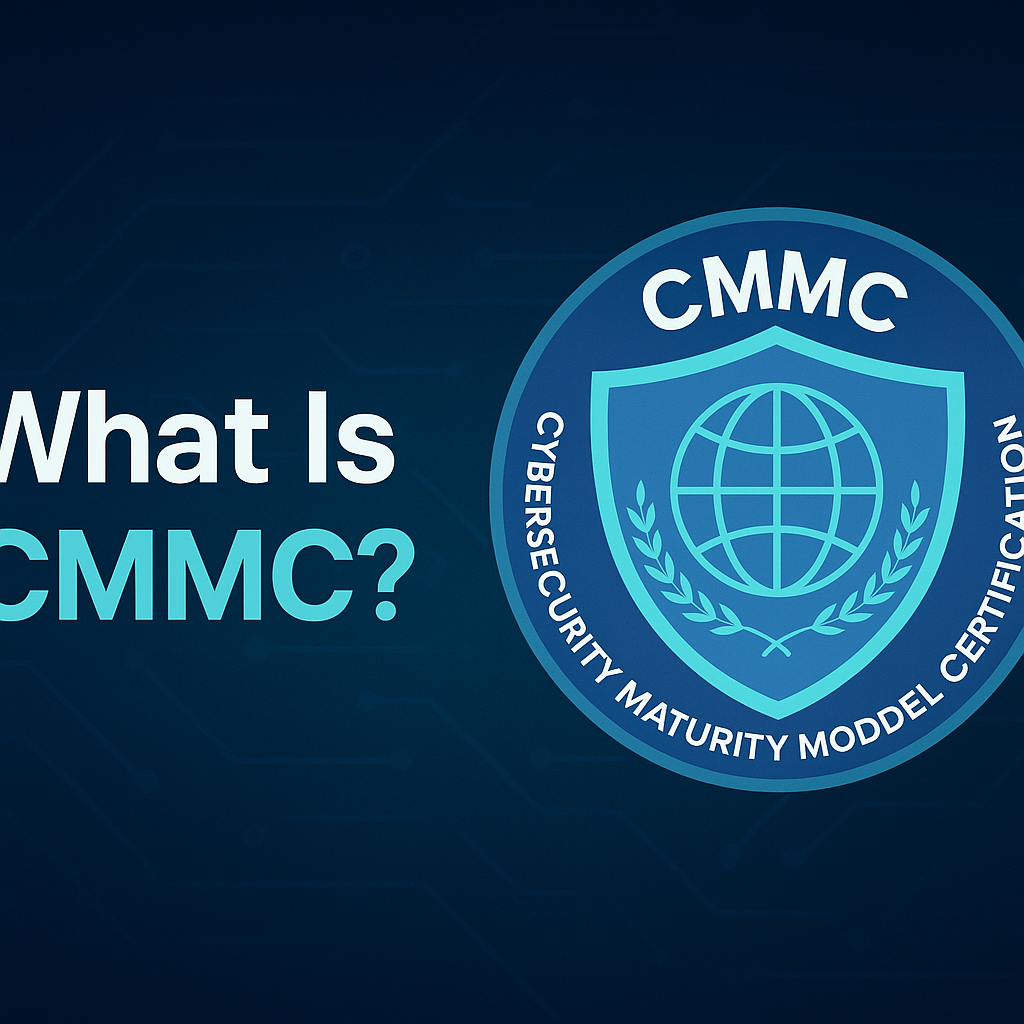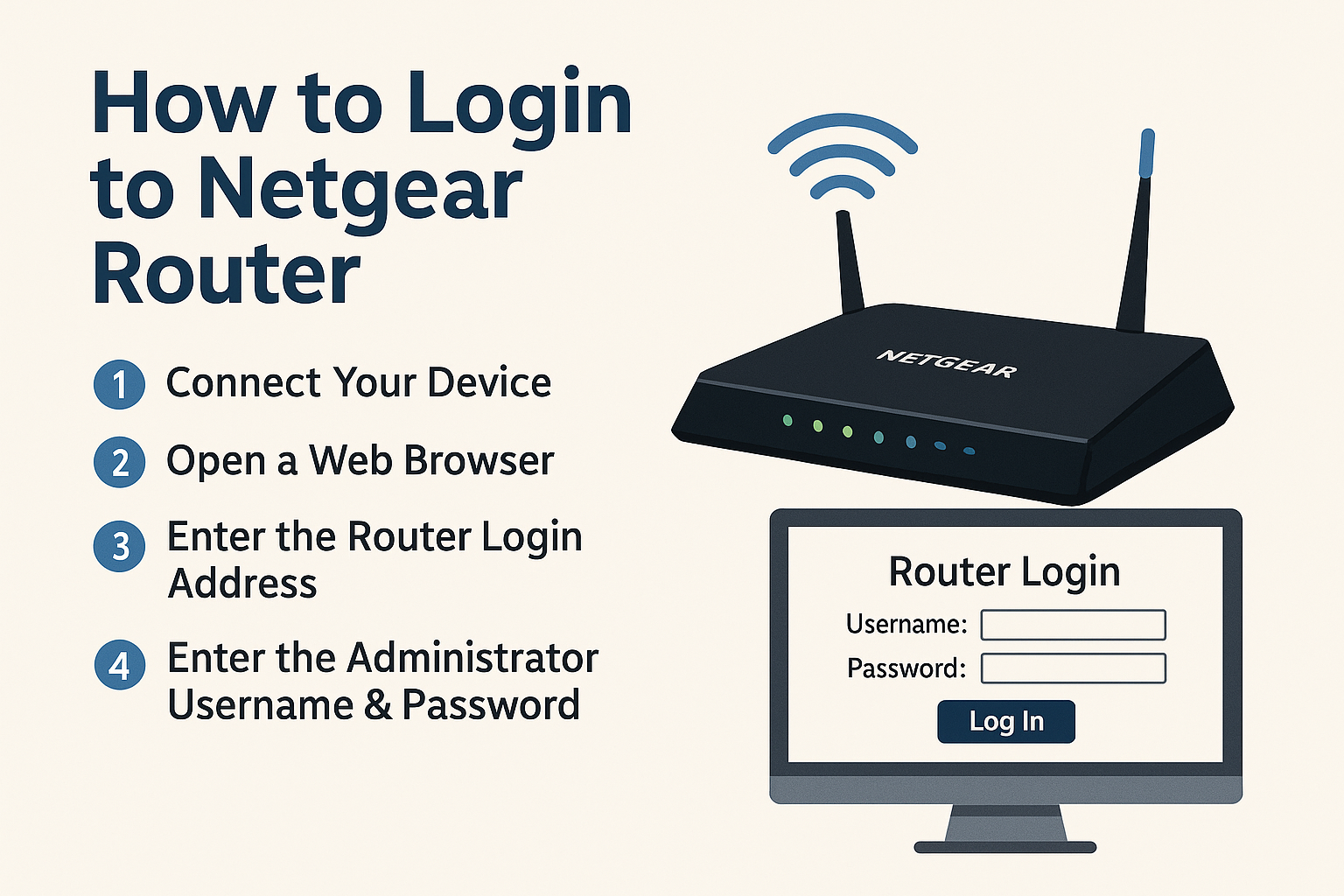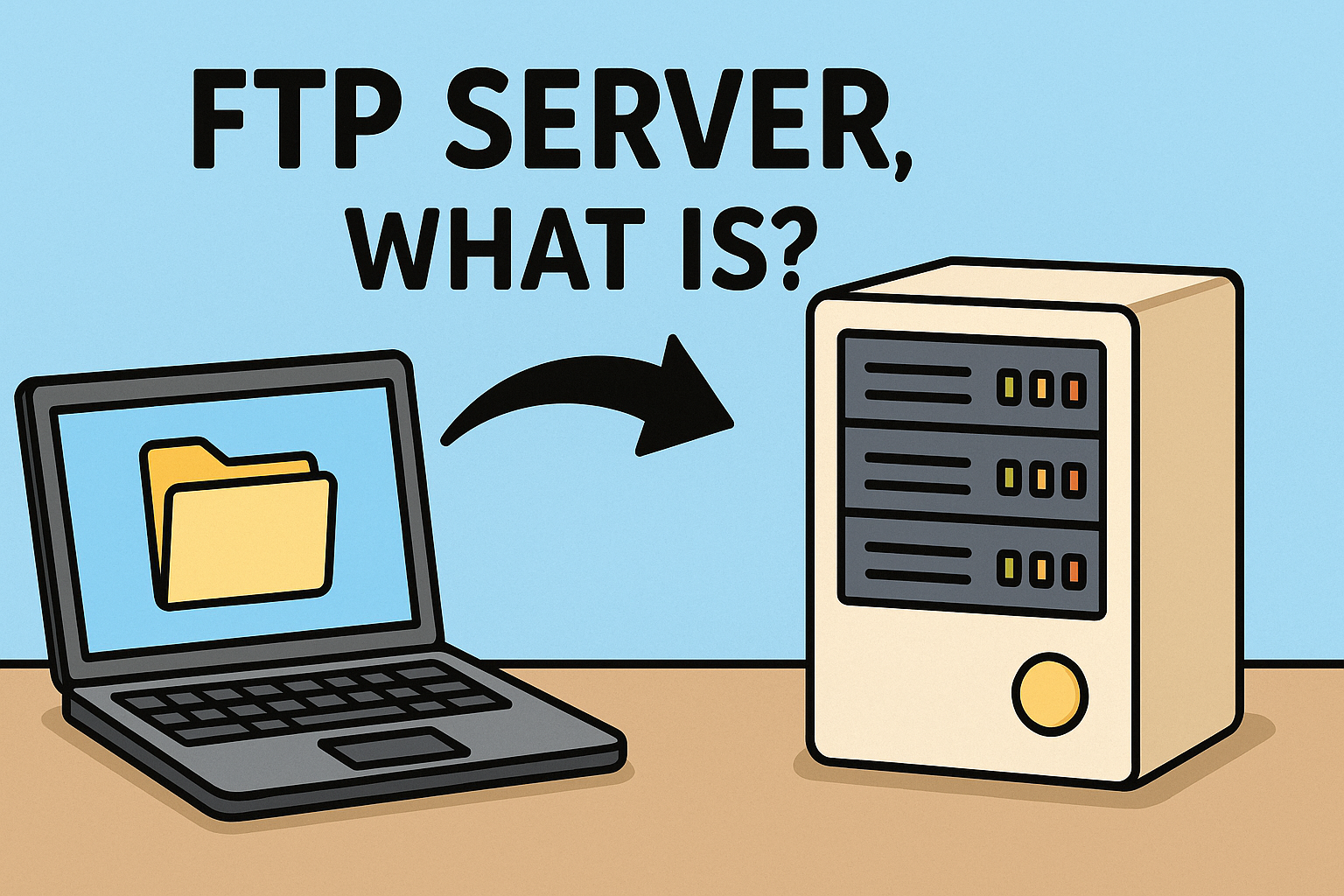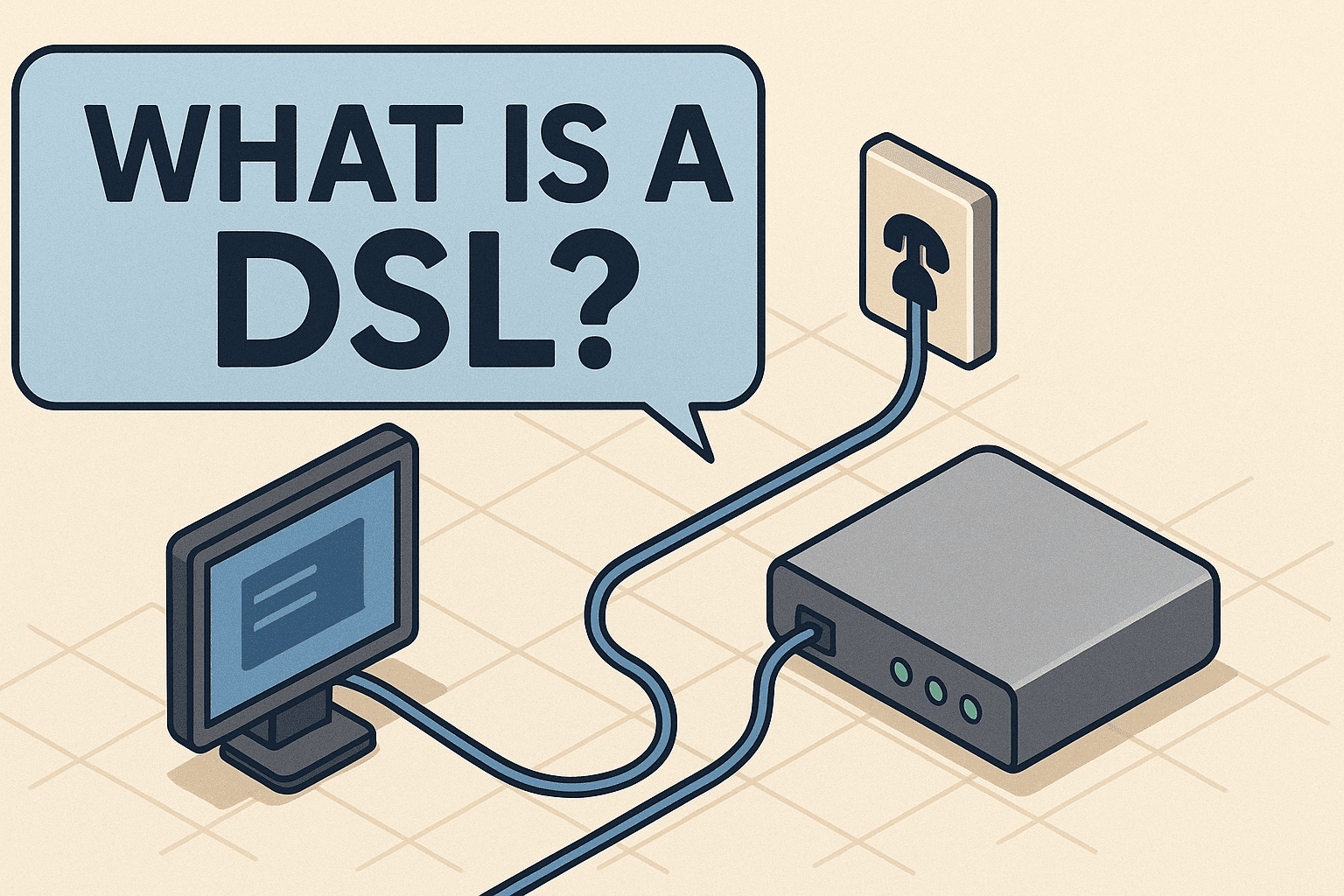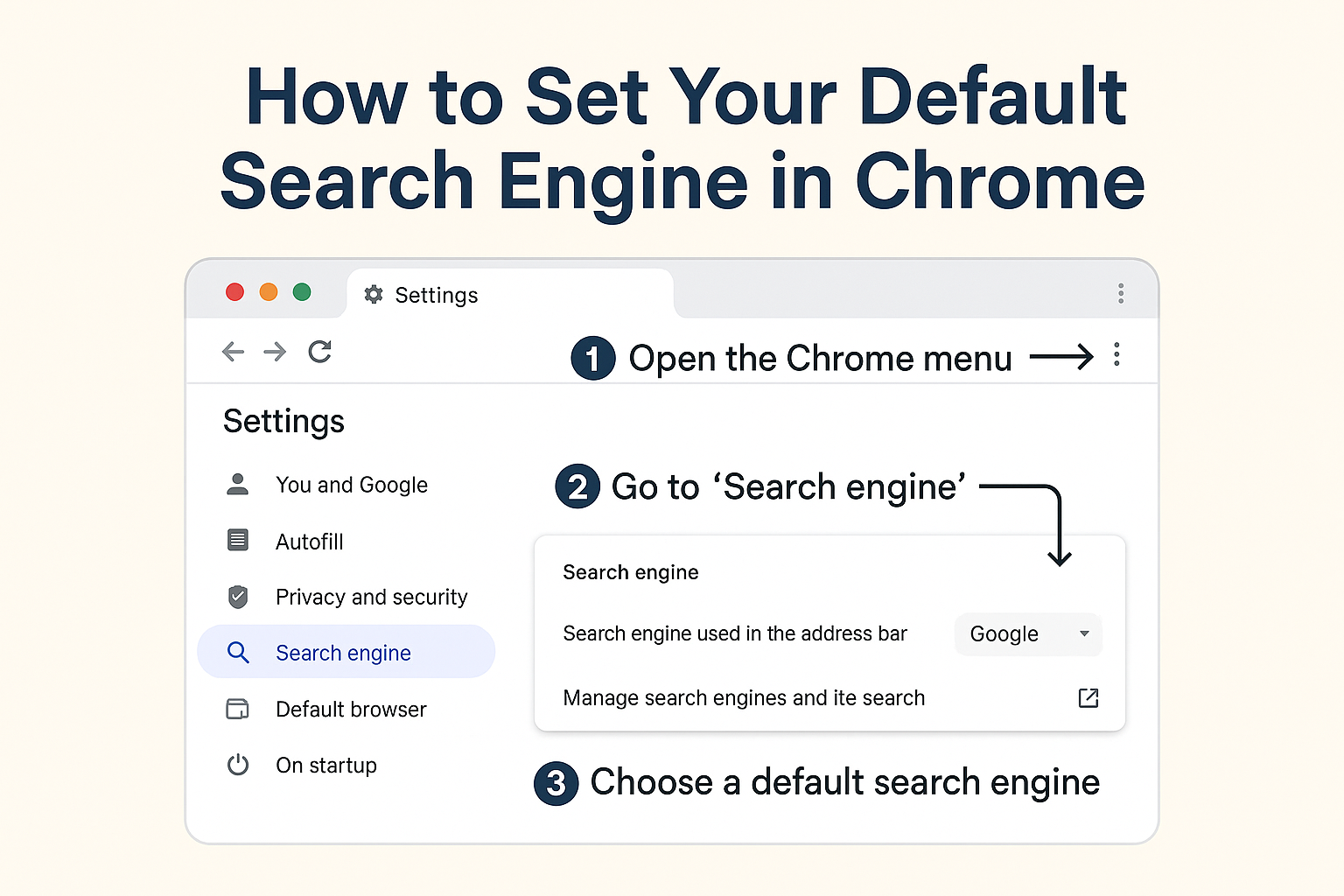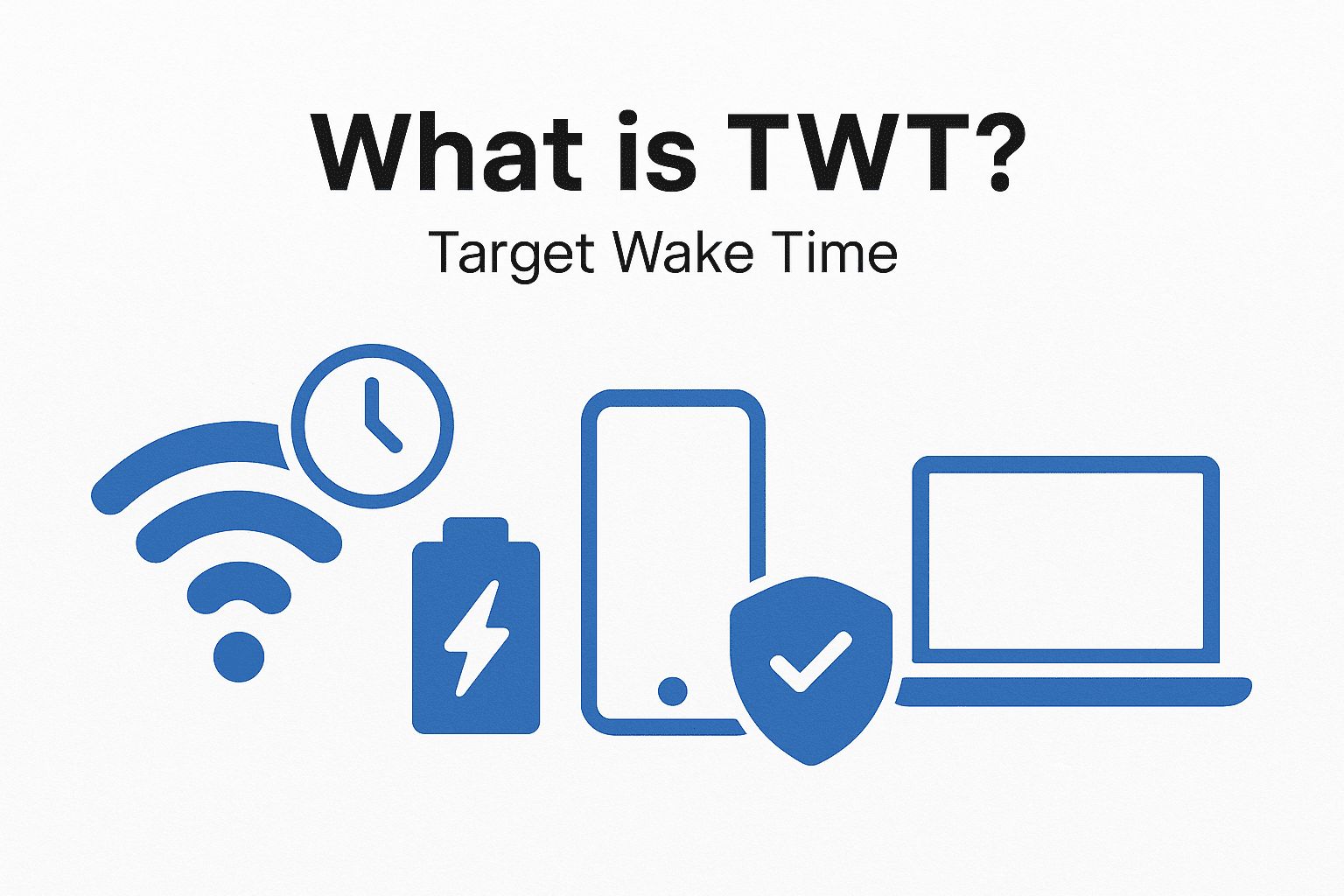What Is APT? A Deep Dive into Advanced Persistent Threats
Updated on July 30, 2025, by Xcitium
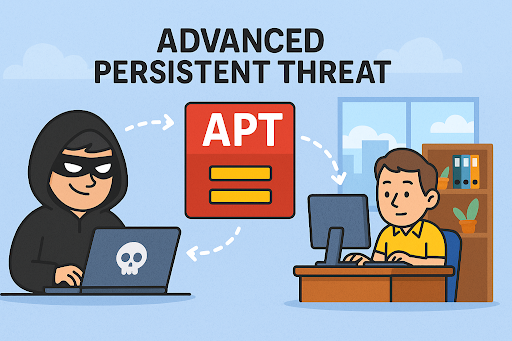
In today’s cyber landscape, not all threats come in like a wrecking ball. Some attackers operate like silent shadows—sophisticated, strategic, and persistent. These aren’t random hackers; they’re often nation-states or organized cybercriminals executing long-term, stealthy campaigns.
That’s where the term Advanced Persistent Threat (APT) comes in. But what is APT, and why should your business care?
Let’s break it down.
What Is APT?
An Advanced Persistent Threat (APT) is a sophisticated, continuous cyberattack carried out by an intruder who gains unauthorized access to a system and remains undetected for an extended period.
Unlike typical cyberattacks that aim for quick wins, APTs are long-term operations designed to:
- Steal sensitive data
- Monitor network activity
- Undermine critical infrastructure
- Create backdoors for future access
Characteristics of an APT Attack
APT attacks are not your average malware event. They follow a distinct pattern that separates them from routine breaches.
Key Features:
- Advanced: Use of sophisticated tools, custom malware, and zero-day exploits
- Persistent: Continuous access and data extraction over months or years
- Targeted: Aimed at specific organizations, industries, or government entities
- Stealthy: Designed to evade detection and maintain access silently
The APT Attack Lifecycle
Understanding how APTs work helps in building a resilient defense. Here’s a breakdown of the typical stages:
1. Reconnaissance
Attackers research the target using open-source intelligence, social engineering, and network scanning.
2. Initial Intrusion
Access is gained through phishing emails, software vulnerabilities, or credential theft.
3. Establish Foothold
A backdoor or remote access tool (RAT) is installed to maintain persistence.
4. Privilege Escalation
Attackers move laterally to escalate permissions and access critical systems.
5. Internal Reconnaissance
They map out internal networks and locate valuable data sources.
6. Data Exfiltration
Sensitive data is extracted slowly to avoid triggering alerts.
7. Cleanup and Cover Tracks
Logs are cleared and malware is concealed to prolong undetected access.
Real-World Examples of APTs
1. Stuxnet
Targeted Iranian nuclear facilities—widely believed to be state-sponsored.
2. APT29 (Cozy Bear)
Linked to Russia, involved in breaches of U.S. government agencies and COVID-19 research.
3. APT28 (Fancy Bear)
Conducted spear-phishing campaigns during U.S. elections.
4. Operation Aurora
Targeted Google and other tech firms; believed to originate from China.
These examples reveal how APT actors use intelligence, patience, and innovation to penetrate high-value targets.
Industries Most at Risk
APT attackers go where the value is. The following sectors are prime targets:
- Government & Military
- Healthcare & Pharmaceuticals
- Financial Institutions
- Critical Infrastructure (Utilities, Energy)
- Technology & Telecom
- Aerospace & Defense
If you work in any of these sectors, your digital assets are high-value targets.
How to Detect an APT Attack
Detecting an APT is challenging due to its stealthy nature. However, these signs could indicate compromise:
- Unusual login patterns or access outside business hours
- Increased traffic to external, unknown IPs
- Endpoint anomalies (e.g., disabled antivirus or logging)
- Repeated credential failures
- Unauthorized privilege escalations
How to Protect Against APTs
Prevention starts with layered security, continuous monitoring, and threat intelligence.
🔐 Best Practices:
- Implement Zero Trust Architecture
- Conduct Regular Security Audits and Penetration Testing
- Use AI-Powered Threat Detection and EDR Tools
- Apply Security Patches Promptly
- Train Employees on Phishing Awareness
- Restrict Admin Privileges and use multi-factor authentication (MFA)
Role of Threat Intelligence in APT Defense
To beat an APT, you must think like one.
Threat Intelligence helps you understand attacker tactics, techniques, and procedures (TTPs), giving you a strategic edge.
➡️ Subscribe to threat feeds
➡️ Collaborate with industry ISACs
➡️ Integrate real-time intelligence with your SIEM platform
Business Impact of an APT
Failing to detect an APT can result in:
- Massive data breaches
- Regulatory fines (GDPR, HIPAA, etc.)
- Intellectual property theft
- Customer trust loss
- National security implications (for government orgs)
Advanced Persistent Threats are no longer science fiction. They are active, evolving, and capable of crippling the most secure organizations. If you’re not prepared, you’re already a target.
✅ Take the next step in proactive cybersecurity.
👉 Request your free demo with Xcitium’s advanced APT detection and response solutions
Frequently Asked Questions (FAQs)
1. What is an APT in cybersecurity?
An APT (Advanced Persistent Threat) is a long-term, targeted cyberattack designed to steal data or spy on systems without being detected.
2. Who conducts APT attacks?
They are often conducted by state-sponsored hackers, cybercriminal groups, or hacktivists with specific motives and high-level skills.
3. How long can an APT remain undetected?
APT attacks can persist for months or even years before being discovered—making them especially dangerous.
4. What’s the difference between malware and an APT?
Malware is often opportunistic and quick, while APTs are strategic, stealthy, and long-term attacks.
5. Can small businesses be victims of APTs?
Yes. Small businesses may be targeted if they supply larger enterprises, hold valuable data, or have weak security protocols.
Final Thoughts: APTs Are Here to Stay
In the evolving cyber threat landscape, knowing what is APT is more than an academic concern—it’s essential for survival. Whether you lead IT, manage cybersecurity, or guide strategic risk for your company, understanding and preparing for APTs must be a top priority.
Be informed. Be proactive. Be secure.



